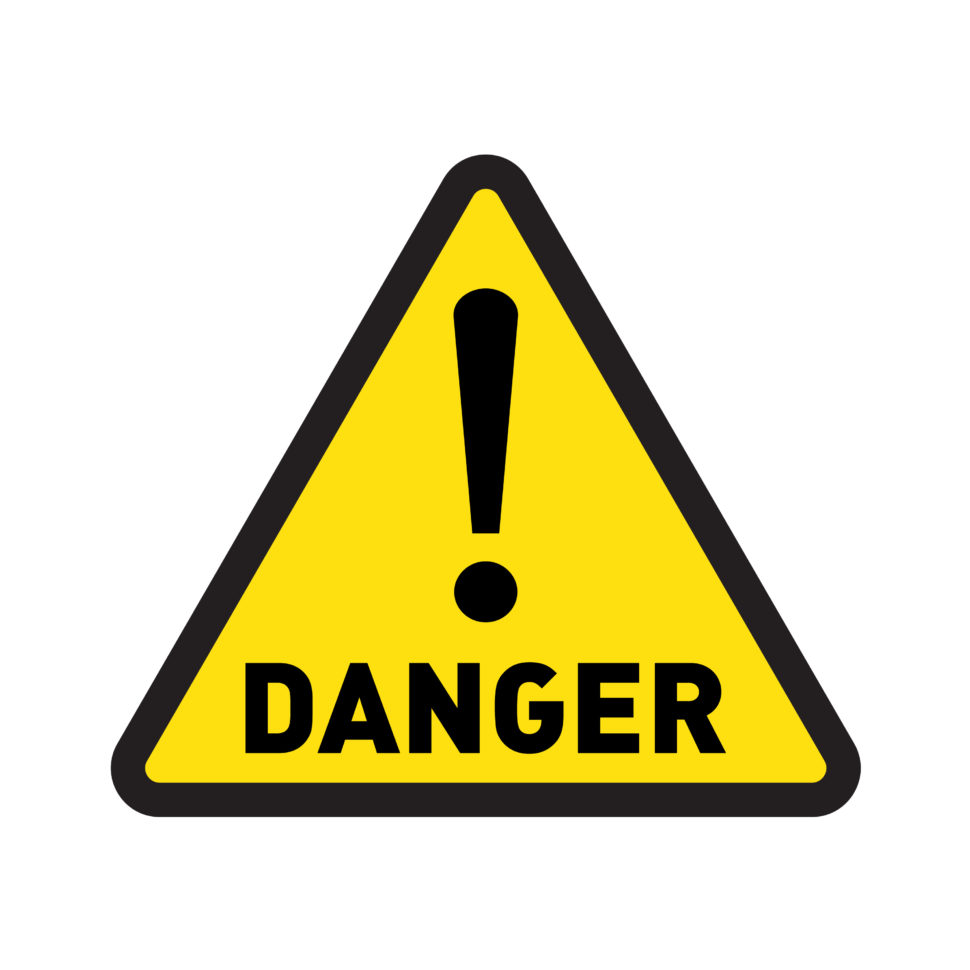Signs of Electrical Hazards and Precautions
Filed under: Uncategorized
Comments: None

Electrical safety signs are crucial in modern workplaces as electricity is a vital part of any facility. While required by law, they are often a part of OSHA’S list of top ten most frequently cited violations. Why? Because electrical safety training is crucial in protecting workers from electrical hazards, safety signs and their importance often get disregarded. Today, the experts at NCE are sharing the importance of electrical safety signs so your facility remains in compliance and your workers stay safe.
What Is Electrical Safety?
Electrical safety is a general standard put in place to protect workers who are required to handle and maintain electrical power and electrical equipment. The requirements are used to mitigate hazards and prevent harmful and dangerous effects on workers from electric currents, arcs, electromagnetic fields, and static electricity. Electrical safety signs help to communicate important information to workers as well as protect them from shock and electrocution.
Why Is Electrical Safety Important?
The construction and power generation industries are most at risk for electrical hazards, accounting for over 50% of all electrical fatalities in the workplace. When working around or with electricity, workers need to be able to properly identify and control hazards. Inadequate electrical safety training, inexperience, and a misunderstanding of common OSHA safety signs could result in extensive injury, death, and even civil litigations due to negligence.
Safety Sign Requirements
The American National Standards Institute (ANSI), the National Electrical Code (NEC), and the Occupational Safety and Health Administration (OSHA) all have specific regulations for electrical safety signs that need to be followed. OSHA’s safety sign rule in 29 CFR 1910.335(b) states a clear call for safety signage and the signs must be posted where electrical hazards are present. The sign must identify and warn of the bodily or property damage that can occur, as well as show what can happen if the steps to avoid the hazard aren’t implemented. Once these requirements have been met, it’s a smart idea to follow expert recommendations, as outlined by the leading industry standards written by the NFPA under NFPA 70E.
Types of Electrical Safety Signs
Electrical safety signs often use a combination of words and symbols to indicate and inform workers of the potential hazards. Some of the most common types of electrical safety sign include:
- Danger sign – includes the word “danger” and is often accompanied by a triangle with an enclosed exclamation point or lightning bolt. If the outcome is serious bodily injury or death, this symbol will be used.
- Warning sign – if there is a chance of a hazard occurring that could result in injury or death, this symbol will be used. You may see the word “warning” accompanied by a triangle with an enclosed lightning bolt.
- Caution sign – if an injury were to occur, the outcome would most likely be minor to moderate if you see a caution symbol. This symbol often uses the words “caution” and “electrical hazard” as well as a lightning bolt.
- Notice sign – a notice sign indicates that some level of property or equipment damage could occur. This symbol is usually marked with the word “notice” in blue as well as a triangle with an enclosed lightning bolt.
- Voltage markers – these orange labels contain black text and are used to label all your electrical wiring and conduit so the amount of voltage in each line is marked.
- Arc flash labels – these signs identify equipment-specific hazard information for energized switchboards, panel boards, control panels, and more. They also offer guidance on choosing the correct PPE for safe work.
- Electrical clearance signs – OSHA requires a clear working area near most electrical panels and controls, as outlined in rule 29 CFR 1910.303(g)(1). These signs indicate the amount of space needed to be kept free to remain in compliance.
Since 1988, we have been offering a full spectrum of electrical contractor capabilities to the ever-growing and evolving electric utility and power generation industry. If you or your facility needs guidance or assistance with OSHA-compliant electrical safety procedures and guidelines, know we are here to help you. Contact us today to learn more.
